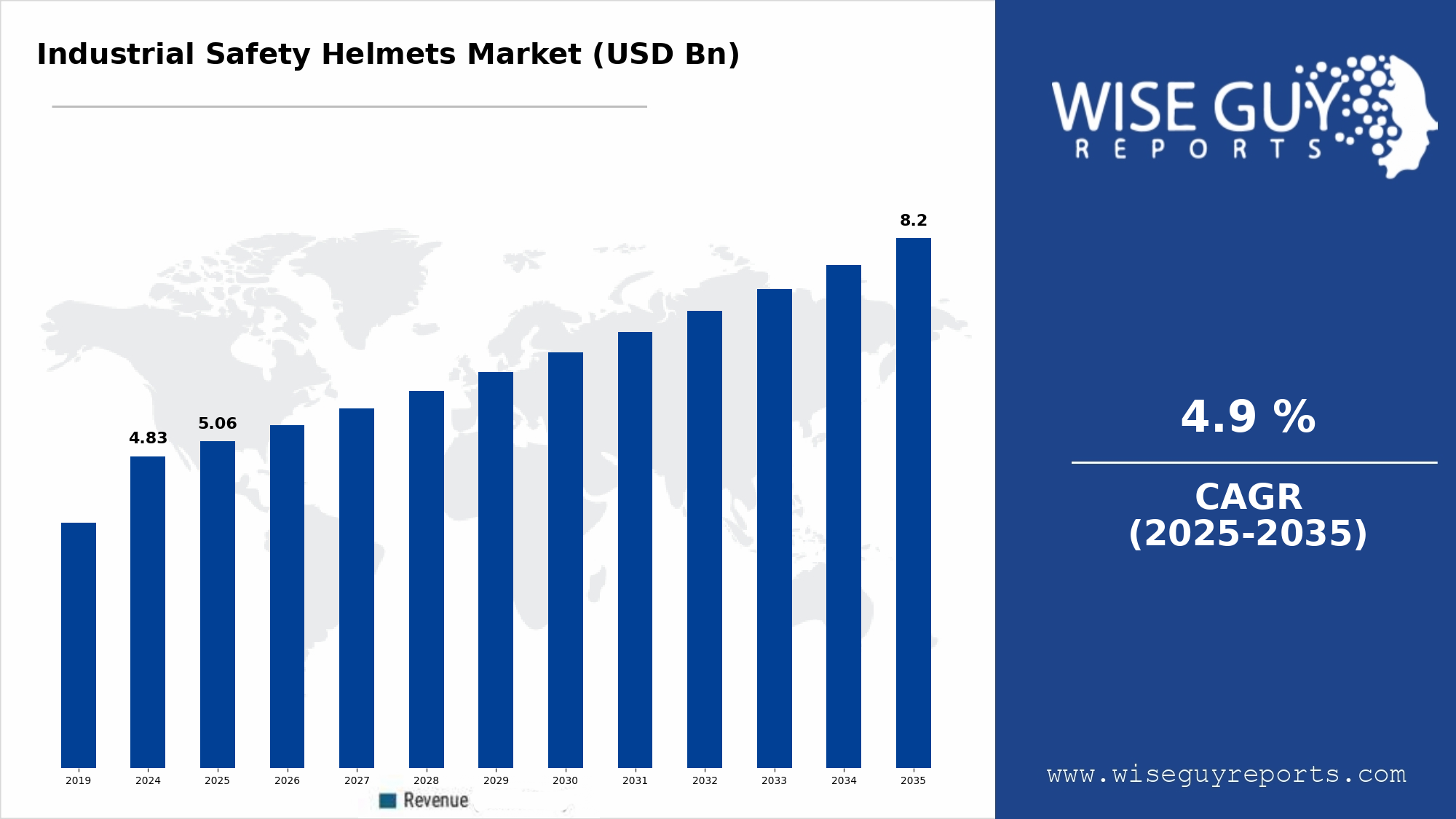As the automotive industry increasingly prioritizes pedestrian safety, the National Highway Traffic Safety Administration (NHTSA) faces significant scrutiny for postponing updates to its vehicle safety ratings. These updates were designed to incorporate advanced safety features aimed at minimizing risks to pedestrians, a critical issue given the rising number of pedestrian fatalities. The delay, reportedly influenced by lobbying from automakers, raises concerns about the regulatory agency's commitment to public safety and its ability to adapt to evolving transportation needs. This situation underscores the tension between regulatory frameworks and industry pressures, highlighting the need for a more proactive approach to pedestrian safety in vehicle design.
The implications of this delay are profound, as it not only affects consumer awareness but also the competitive landscape within the automotive sector. By postponing the implementation of pedestrian-oriented safety ratings, the NHTSA risks stalling advancements in vehicle technology that could save lives. Stakeholders must recognize that prioritizing pedestrian safety is not merely a regulatory obligation but a moral imperative that can drive innovation and enhance public trust. Moving forward, a collaborative effort between regulators and manufacturers is essential to ensure that safety standards evolve in tandem with technological advancements, ultimately fostering a safer environment for all road users.









